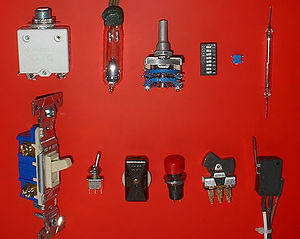So, you want to share large folders like videos, photos fast but without wires??

Creating a wireless LAN to share files between computer was difficult and almost impossible for non-geeks.
Few months back I wanted to share 5 GB of photos in my laptop with a friend. Few minutes later I was disappointed to know that its impossible over existing WiFi architecture. The other option was bluetooth, but it is very slow. Finally I used to the old method of transferring files using a flash drive.
But wireless file sharing over WiFi is now possible using the WiFi direct standard.
Wi-Fi Direct acts like a software hotspot (software access point, or "soft AP"), for any device that wishes to support it. All Wi-Fi Direct connections are protected by the recent WPA2 security standard. When a device enters the range of the Wi-Fi Direct host, they can connect using the existing ad-hoc protocol and create a connection.
Atleast one Wi-Fi Direct enabled device is needed to perform the task. Any Wi-Fi Direct enabled device can connect to other non Wi-Fi Direct certified devices to perform the task.















